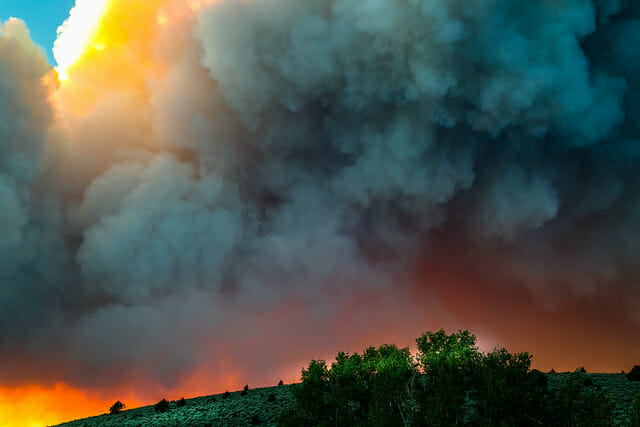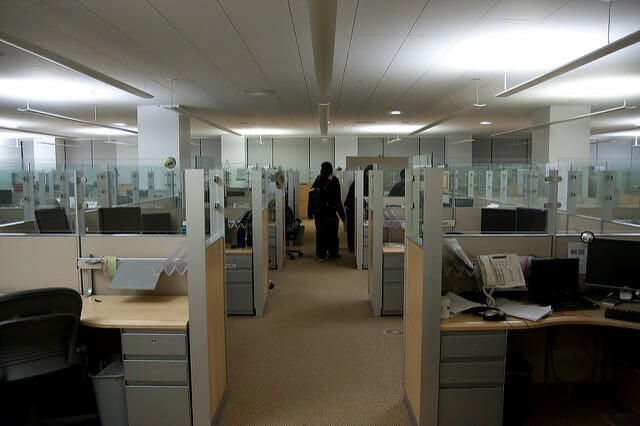【video lucah ismail izzani】Enter to watch online.‘Heavenly Horses’ at Bowers Museum
SANTA ANA —?“Heavenly Horses: Two Thousand Years of Chinese and video lucah ismail izzaniJapanese Equine Art” is on view at the Bowers Museum through Feb. 22, 2015.
The horse’s impact on both Chinese and Japanese culture cannot be overstated. They shepherded goods, people and ideas across the expansive and varied climates of a continent during the height of the Silk Roads. They were indispensable as military chargers and aided in the expansion and control of empires.

The horse was embraced as companion and participant in leisure and recreational activities including polo, horse “dancing,” and hunting. Horses also figure prominently in the mythology, philosophy, religion, and folklore of both China and Japan.
The Chinese quest for bigger, better, and faster horses required immense resources, and breeders continually refined their stocks. The prized “heavenly horses” were large, powerful specimens sought from the Fergana region of Central Asia. Legend states that these horses could fly and would sweat blood (likely caused by parasitic nematodes that lived just under their skin).
Most of the earliest representations of horses from China are pottery, stone, or bronze sculptures found in the graves of the elite and intended to accompany the deceased into the afterlife. Later, horse painting became a major genre in and of itself.
Through trade and human exploration, horses made their way from the Asian mainland to Japan by way of the Korean peninsula. Early evidence of the importance of horses in Japanese life includes superb bronze trappings and haniwa (cylindrical clay sculptures) in the shape of horses that were placed within or around the great imperial tomb mounds.
With the rise of the samurai, the horse became firmly established as an indispensable component of Japanese warfare as well as a lasting symbol of refinement and power.
During this Year of the Horse, the museum celebrates these animals that continue to fascinate and inspire people around the world.
Also on view at the Bowers Museum:
? “China’s Lost Civilization: The Mystery of Sanxingdui” (There is an additional charge for this exhibition)
? “Sacred Realms: Temple Murals by Shashi Dhoj Tulachan from the Gayle and Edward P. Roski Collection:
? “Ancient Arts of China: A 5,000-Year Legacy”
? “Spirits and Headhunters: Art of the Pacific Islands”
? “California: The Golden Years”
? “First Californians”
? “California Legacies: Missions and Ranchos (1768-1848)”
? Pre-Columbian exhibits
The museum is located at 2002 N. Main St. (at 20thStreet) in Santa Ana. Hours: Tuesday through Sunday from 10 a.m. to 4 p.m. Closed Thanksgiving day, Christmas Day and New Year’s Day. General admission: $13 for adults, $10 for seniors (62+) and students (12+) on weekdays; $15 for adults, $12 for seniors and students on weekends; free for everyone on the first Sunday of the month (Target Free First Sunday).
For more information, call (714) 567-3600 or visit www.bowers.org.



